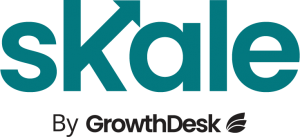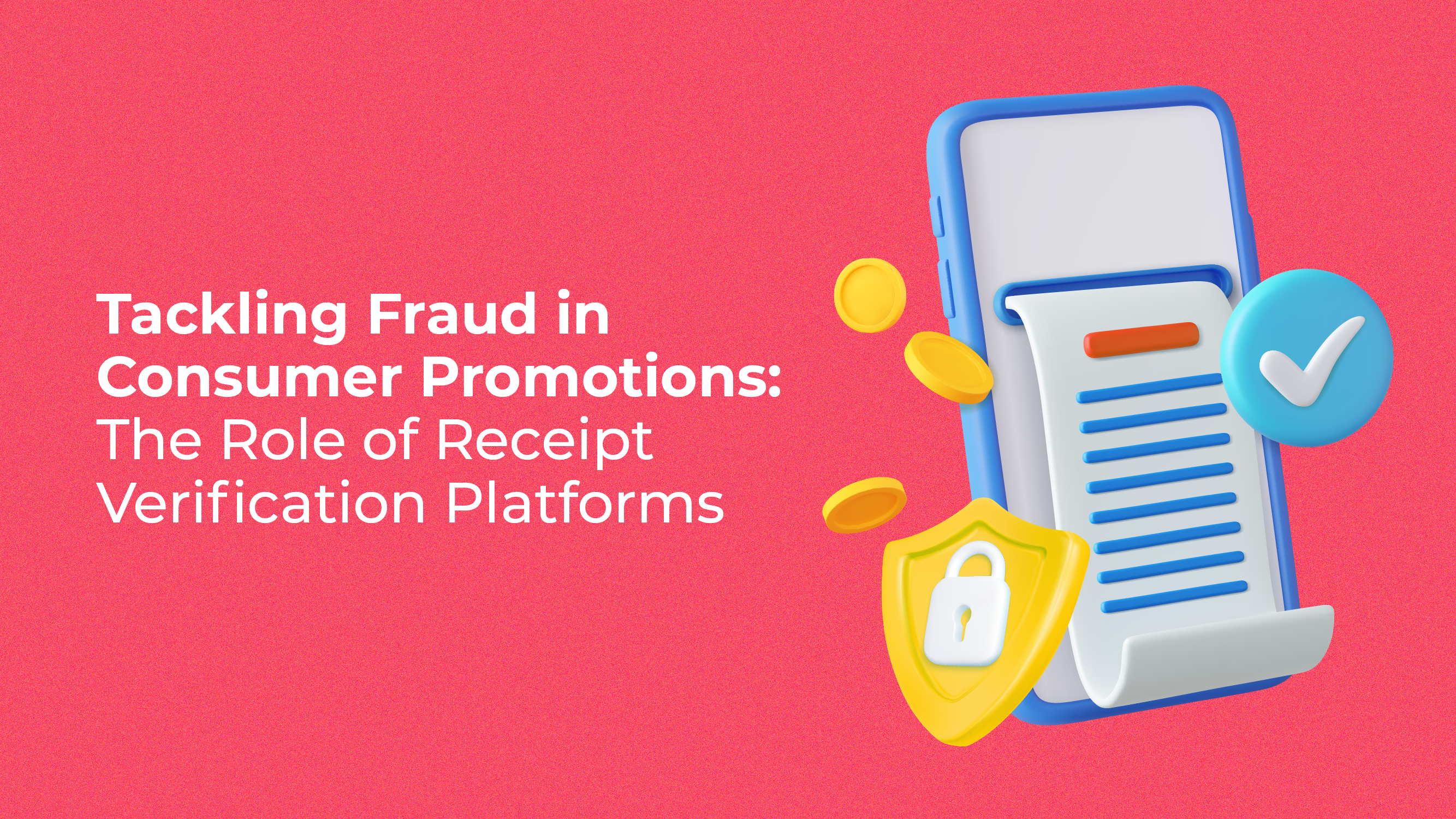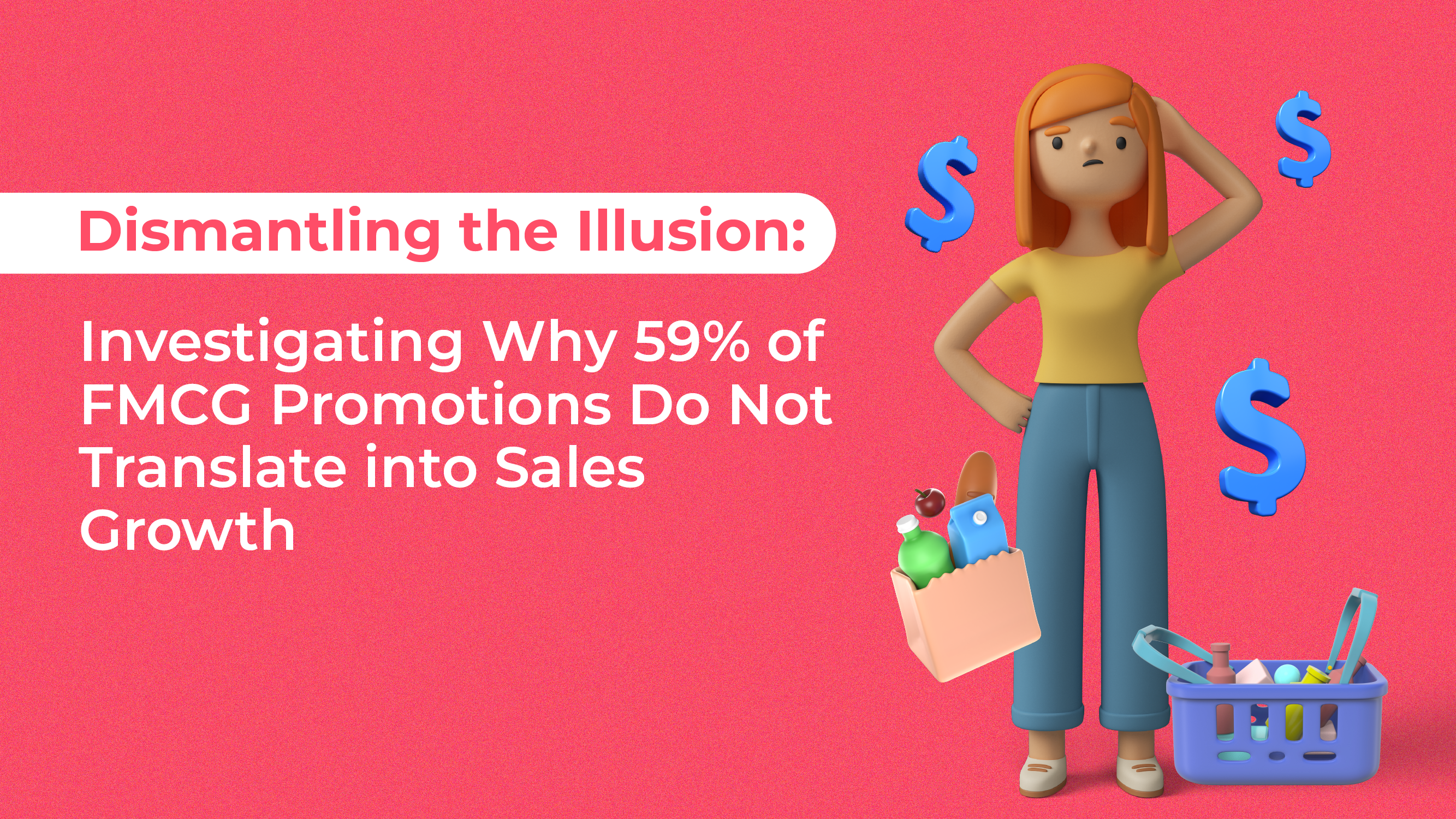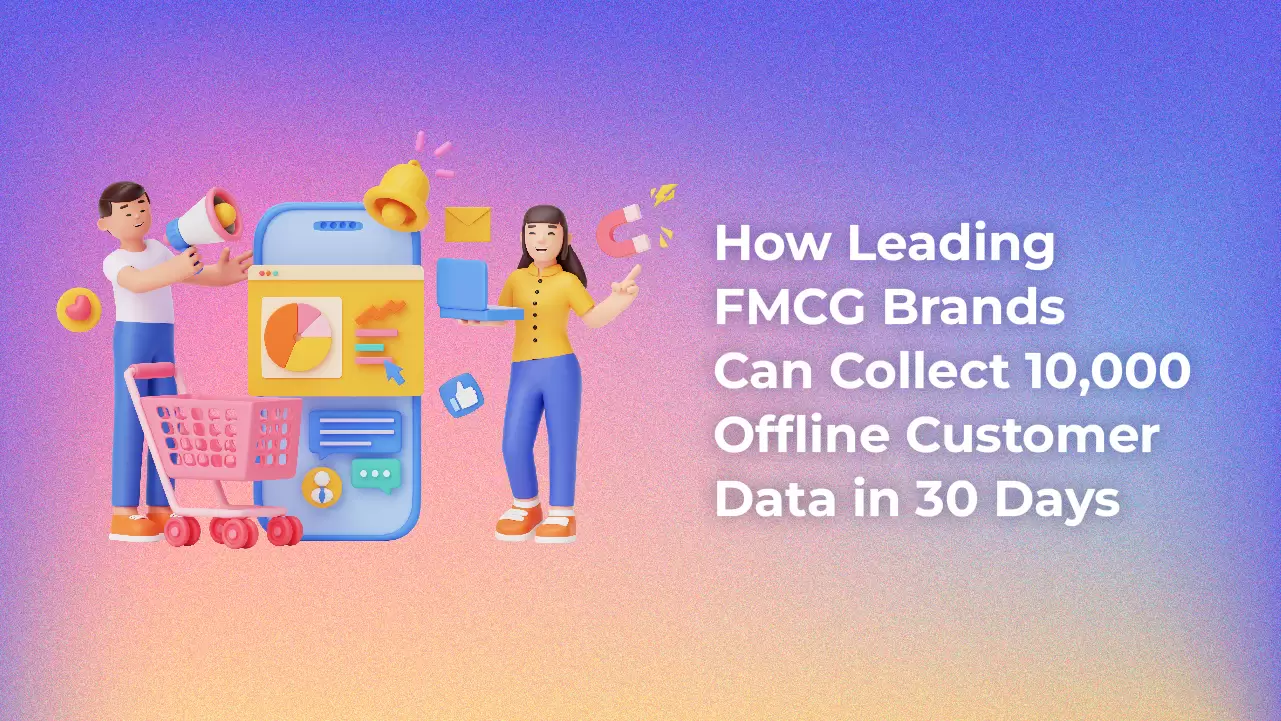Purchase data for FMCG businesses can provide valuable insights into consumer buying habits and preferences. FMCG brands can use purchase data to improve product development, marketing strategies, and supply chain management.
By analyzing purchase data, businesses can identify which products are most popular, which demographics are most likely to purchase certain products, and which sales channels are most effective.
This information can also be used to identify trends and predict future sales, allowing businesses to make more informed decisions about production and distribution. Additionally, purchase data can be used to create personalized marketing campaigns and improve customer engagement.
The untapped potential of purchase data for FMCG businesses is significant and can lead to increased revenue and your ability to defend your existing market share.
The good news is that you don’t need a sizeable investment to get started with collecting purchase data. You can easily begin through chatbot marketing. This is important because according to Insider Intelligence, consumer retail spending via chatbots worldwide will reach $142 billion in 2024, up from only $2.8 billion in 2019. This means you have much purchase data to extract using chatbot technology.
Personalization by Analyzing Consumer Demographics and Purchase Data
Purchase data through 1:1 personalization can drive repeat purchases. This can be done by giving discounts to your most active shoppers, back-in-stock announcements for your top products, and because chatbots can track purchase behavior, you can upsell, or cross-sell related products using that data.
Another specific way purchase data can be used for FMCG businesses is through the analysis of customer demographics. Chatbots can uncover customer profiles for specific products, and you can then use this to guide your marketing decisions.
For example, if your FMCG business notices that students are more likely to buy a product in a specific location, you can launch a student-exclusive promo in relevant cities.

Gamification works well with this kind of crowd, so you can personalize the ads, rewards, and incentives to this demographic. New Adlucent Research reveals 71% of consumers prefer personalized ads.
Through Chatbots, your brand can push alerts and notifications about new products and promotions and ensure regular touchpoints with customers using purchase data and past interactions.

Chatbots can also be used for simple market research through polls and simple questions that can be triggered on specific customer actions or purchases.
You can give a reward for the completion of market surveys so that they will participate and give honest and honest answers. The best part about chatbots doing market research is that they can actively adapt to customers’ responses instead of the typical linear and rigid series of questions in a customer survey.
Additionally, businesses can use purchase data to identify the most effective channels for reaching specific demographics. For example, if you find that a high percentage of your customers are reached through grocery store sales, you can invest more resources in building relationships with grocery store chains to increase its presence on these channels.
Improving Product Development
Another use of purchase data is in product development. Chatbots like SKALE can easily analyze purchase data, making it easy for you to identify your shoppers’ favorite and least favorite products.
This information can be used to improve existing products or develop new products that will appeal to customers.
For example, if a business finds that a high percentage of its customers are purchasing products with a certain flavor or ingredient, it may develop new products with similar flavors or ingredients.

Improving your Supply Chain Management
Moreover, purchase data can be used to improve supply chain management. By understanding how quickly products are sold, businesses can optimize their production schedules and inventory levels.
For example, if a business finds that a certain product is selling much faster than expected, it may increase production to ensure that it can meet demand.
Additionally, purchase data can be used to identify which products are selling well in which regions. This information can be used to optimize distribution, ensuring that products are being shipped to the areas where they are most in demand.
Collecting and analyzing purchase data through chatbot marketing can lead to better customer engagement and higher sales.






